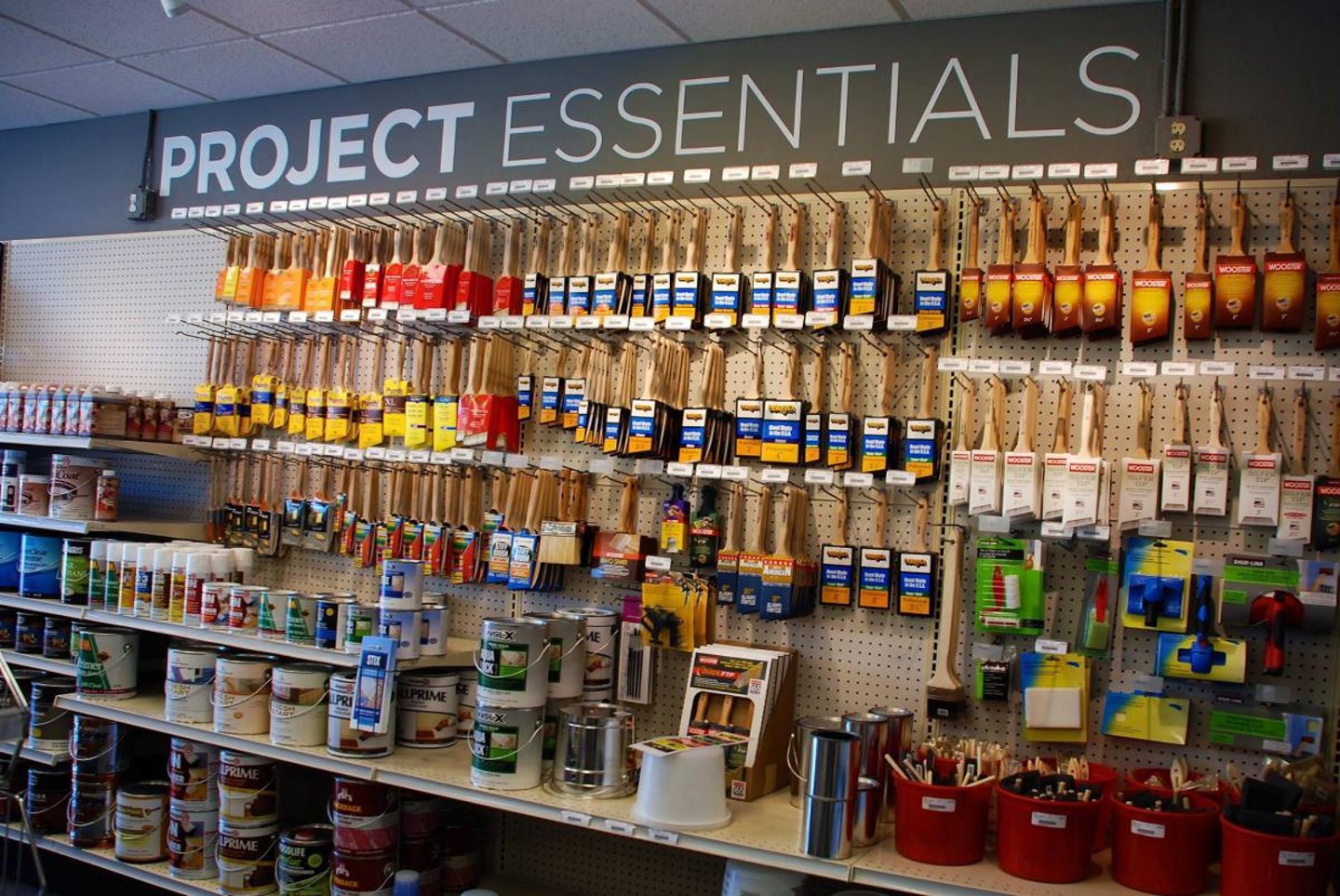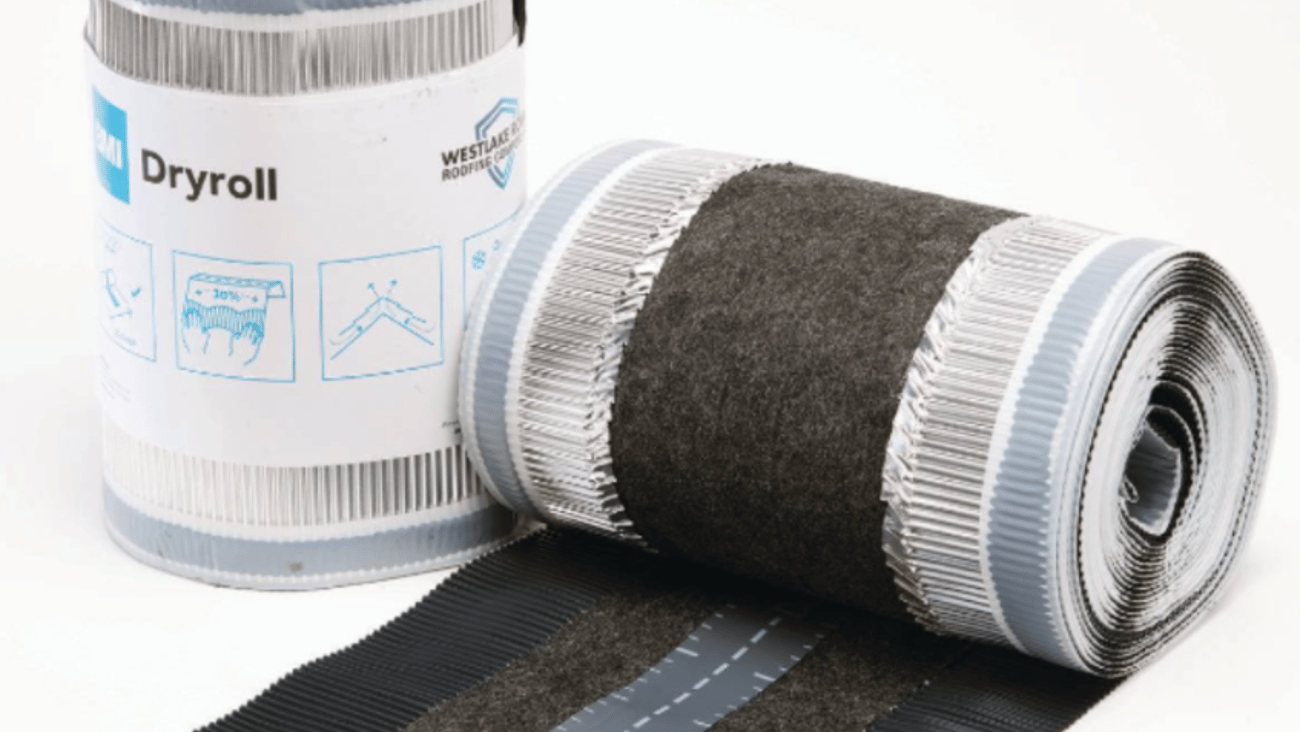Here’s Benjamin Moore’s Store of the Future
Benjamin Moore’s Store of the Future program was designed with two goals in mind: (a) to provide its independently owned retailers with an opportunity to redesign their stores, and (b) to give end users a simplified shopping experience.
The goal was accomplished on both fronts, according to Eugene Andreassi, VP of retail services for Benjamin Moore.
“This program is unlike any retail program currently being offered to independent dealers.”
The store design concept condenses the inventory into different zones, including the Color Studio, Project Essentials, Theatre, Pro Zone and Warehouse. These zones enable the retailer to merchandise products by customer type. For example, contractor-focused products are located in the Pro Zone, while consumer projects and inquiries can be directed to the Project Essentials area.
“The layout is designed so that any customer can enter, take a look and understand exactly where the store wants them to go and be able to easily hone in on the products they walked in for while encouraging them to explore the store further, once they found their primary needs,” Andreassi said. “We have built the program to not only create a simpler shopping experience for the customer, but to also support our retailers every step of the way, including tools such as training modules, color display reference guides, branded apparel and promotional items.”
Independent dealers who are taking part in Store of the Future say the elements that go into the showroom refresh — from new fixtures to paint, colorways and lighting — helps “invigorate” the store and excites the customer base.
David Jasik, owner and operator of Sarasota Paint Co. — and longtime Benjamin Moore dealer — was the first dealer to participate. “I got a chance to be the poster child for something new and fresh, so that was kind of nice,” Jasik told HBSDealer.
Jasik has been in the paint business for more than three decades and has tried and tested other Benjamin Moore pilot programs. He said the response for Store of the Future has been “overwhelmingly positive.” He noted that the new space is more akin to a custom design center than a traditional, warehouse-style paint store, which is important in his
upscale market.
“This is probably one of the prettiest and best-looking stores I have dealt with,” Jasik said. “The improved look, the brightness, the cleanliness — Benjamin Moore really upped the ante here. My retail customers love it, and my painting contractors love the fresh new look. I was all on board because I wanted that national store look, where everything had a place. In my case, [Benjamin Moore> took a store with a mom-and-pop look and transformed it into a national chain store look.”
Andrew Rygiel, manager of Colorful Coatings in Palm Harbor, Fla., joined the Store of the Future club in 2016. He was sold on the remodeling aspect from the beginning.
“Before, in my old location, we never had the space for something on this scale, and the cost was prohibitive,” Rygiel said. “The Store of the Future immediately feels more open and inviting and the customers really like the layout. Benjamin Moore did a really good job with the lighting and the displays, including the larger paint chips. It’s always nice to give yourself a store refresh. This concept brings us into the 21st century.”
The Benjamin Moore team came up with the idea by putting themselves in the customers’ shoes, Andreassi said.
“We all know what it is like to enter a retail store and not immediately know where to go or how to find what we need quickly,” Andreassi said. “We wanted to create a concept that enabled customers to find what they are looking for within one to two minutes, unassisted, so that once they find it, they maintain the shopping mindset and continue exploring the rest of the store. Rather than designing a layout that was more convenient for the owner/operator, we focused on creating a positive customer experience.”
Retailers cited the lighting as one of the signature benefits of the new concept — LEDs replaced all fluorescent lights. The larger-format color palettes have their chip samples lighted from both the bottom and the top to keep the colors consistent. The center of the store features a workstation that is illuminated with the same specification light that Benjamin Moore uses in its laboratory; as such, customers see the same colors as were drawn up.
Rygiel, who said he was taken aback by how much cost savings his business has seen since the transition to LEDs, noted that while overall business is roughly the same since the program launched six months ago, he has been more successful with upselling customers, which he credits to the new format.
Andreassi said “hundreds of stores” are either open today or in development.




